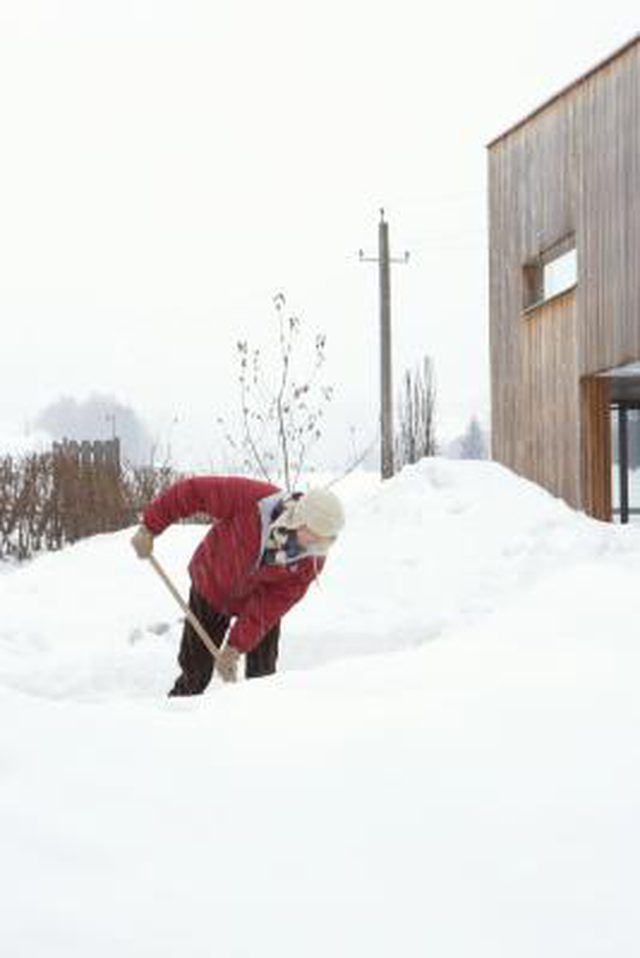Bulbs
Flower Basics
Flower Beds & Specialty Gardens
Flower Garden
Garden Furniture
Garden Gnomes
Garden Seeds
Garden Sheds
Garden Statues
Garden Tools & Supplies
Gardening Basics
Green & Organic
Groundcovers & Vines
Growing Annuals
Growing Basil
Growing Beans
Growing Berries
Growing Blueberries
Growing Cactus
Growing Corn
Growing Cotton
Growing Edibles
Growing Flowers
Growing Garlic
Growing Grapes
Growing Grass
Growing Herbs
Growing Jasmine
Growing Mint
Growing Mushrooms
Orchids
Growing Peanuts
Growing Perennials
Growing Plants
Growing Rosemary
Growing Roses
Growing Strawberries
Growing Sunflowers
Growing Thyme
Growing Tomatoes
Growing Tulips
Growing Vegetables
Herb Basics
Herb Garden
Indoor Growing
Landscaping Basics
Landscaping Patios
Landscaping Plants
Landscaping Shrubs
Landscaping Trees
Landscaping Walks & Pathways
Lawn Basics
Lawn Maintenance
Lawn Mowers
Lawn Ornaments
Lawn Planting
Lawn Tools
Outdoor Growing
Overall Landscape Planning
Pests, Weeds & Problems
Plant Basics
Rock Garden
Rose Garden
Shrubs
Soil
Specialty Gardens
Trees
Vegetable Garden
Yard Maintenance
How to Melt a Large Pile of Snow
How to Melt a Large Pile of Snow. Seasonal songs regale us with images of winter wonderlands, sleigh rides and snowmen, while kids around the country long for at least an occasional snow day. But when the snowfall is nonstop and begins piling up in small mountains in the streets, parking lots and your front yard, "snow" soon becomes a...

Seasonal songs regale us with images of winter wonderlands, sleigh rides and snowmen, while kids around the country long for at least an occasional snow day. But when the snowfall is nonstop and begins piling up in small mountains in the streets, parking lots and your front yard, "snow" soon becomes a four-letter word. Waiting for the sun and warmer temperatures works eventually, but if you want the large piles melted before spring, there are a few simple steps you can take.
Things You'll Need
Large black plastic tarps
Snow shovel
Ice-melt products
Cover the pile of snow with large black plastic tarps. The dark color draws in available heat from the sun and acts as a thermal blanket, causing the snow to melt more quickly than it would if left uncovered. Large dark-colored plastic garbage bags can be used if you do not have a tarp.
Use a snow shovel to break up whatever remains of the large pile into smaller segments. Large quantities of snow serve to insulate the snow deep in the pile, slowing the melting process. Smaller piles of snow melt more quickly as the temperature rises and the sun shines.
Spread commercial ice-melt products over any remaining piles of snow to speed the melting process. Select environmentally safe products to prevent corrosion of the underlying pavement or damage to any parts of the lawn under the snow pile. Most commercial products contain some combination of chloride-based salts. These are generally safe for paved surfaces, although they can have corrosive effects on vehicles and may be harmful to vegetation. Another option, calcium magnesium acetate, is both effective and biodegradable. It also is far less corrosive to vehicles and lawns than the chloride-based products. Its cost may be prohibitive for all but small spaces, however, since it can cost 20 times more than standard ice and snow melts. Urea-based products, such as fertilizers, are sometimes used to melt snow and are not harmful to underlying grass; however, the chemical runoff from such products can contaminate the water supply.